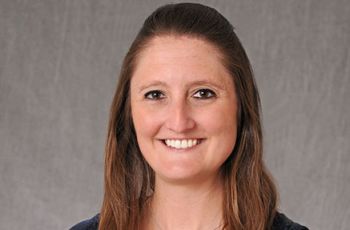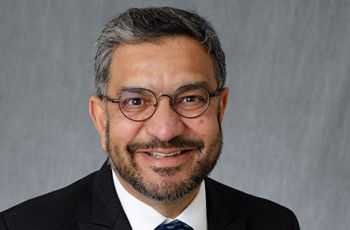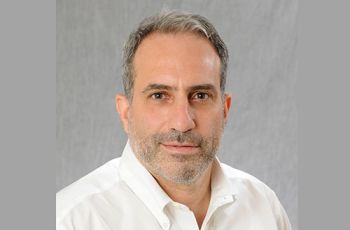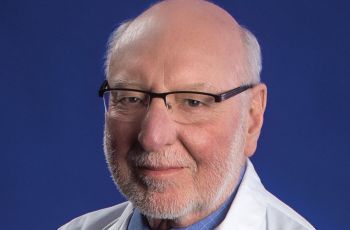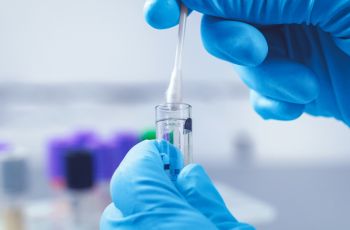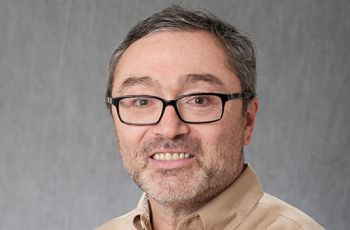Microbiology-Immunology-Tropical Medicine
Rebecca Lynch, PhD, was awarded $3.6 million to investigate HIV-1 resistance to antibody treatments.
Sanjay Maggirwar, PhD, chair of the Department of Microbiology, Immunology, and Tropical Medicine, spoke to WUSA9 for a segment on whether COVID-19 can be spread via the water in pools and hot tubs.
Sanjay Maggirwar, PhD, chair of the Department of Microbiology, Immunology, and Tropical Medicine, spoke to Washington City Paper for an article on whether bars and restaurants should change out silverware for single-use plastic utensils as they reopen.
Jeffrey Bethony, PhD, professor of microbiology, immunology, and tropical medicine, spoke to Medium's Elemental publication for an article on what we can learn from other health crises of recent history.
Researchers are working feverishly to discover effective treatments for COVID-19. One drug showing early promise is remdesivir, which is being studied with the help of GW alumnus Richard Whitley, MD ’71, of the University of Alabama at Birmingham.
There are dozens of questions surrounding COVID-19, and researchers at the George Washington University (GW) are intent on discovering the answers to them. Now, a coronavirus specimen bank will give investigators the tools they need to better understand this devastating virus.
Sanjay Maggirwar, PhD, chair of the Department of Microbiology, Immunology, and Tropical Medicine, spoke to WSUA9 for a segment on the efficacy of some DIY remedies to protect against coronavirus.
Sanjay Maggirwar, PhD, chair of the Department of Microbiology, Immunology, and Tropical Medicine, spoke to CBS News for an article on the possibility of COVID-19 being transmitted via paper money.
Sanjay Maggirwar, PhD, chair of the Department of Microbiology, Immunology, and Tropical Medicine, spoke with CBS News for an article on whether homemade hand sanitizer is effective against viruses, such as COVID-19.
Research from the George Washington University has found that apolipoprotein A-I binding protein restricts HIV-1 replication by targeting lipid rafts and reducing virus-cell fusion.
